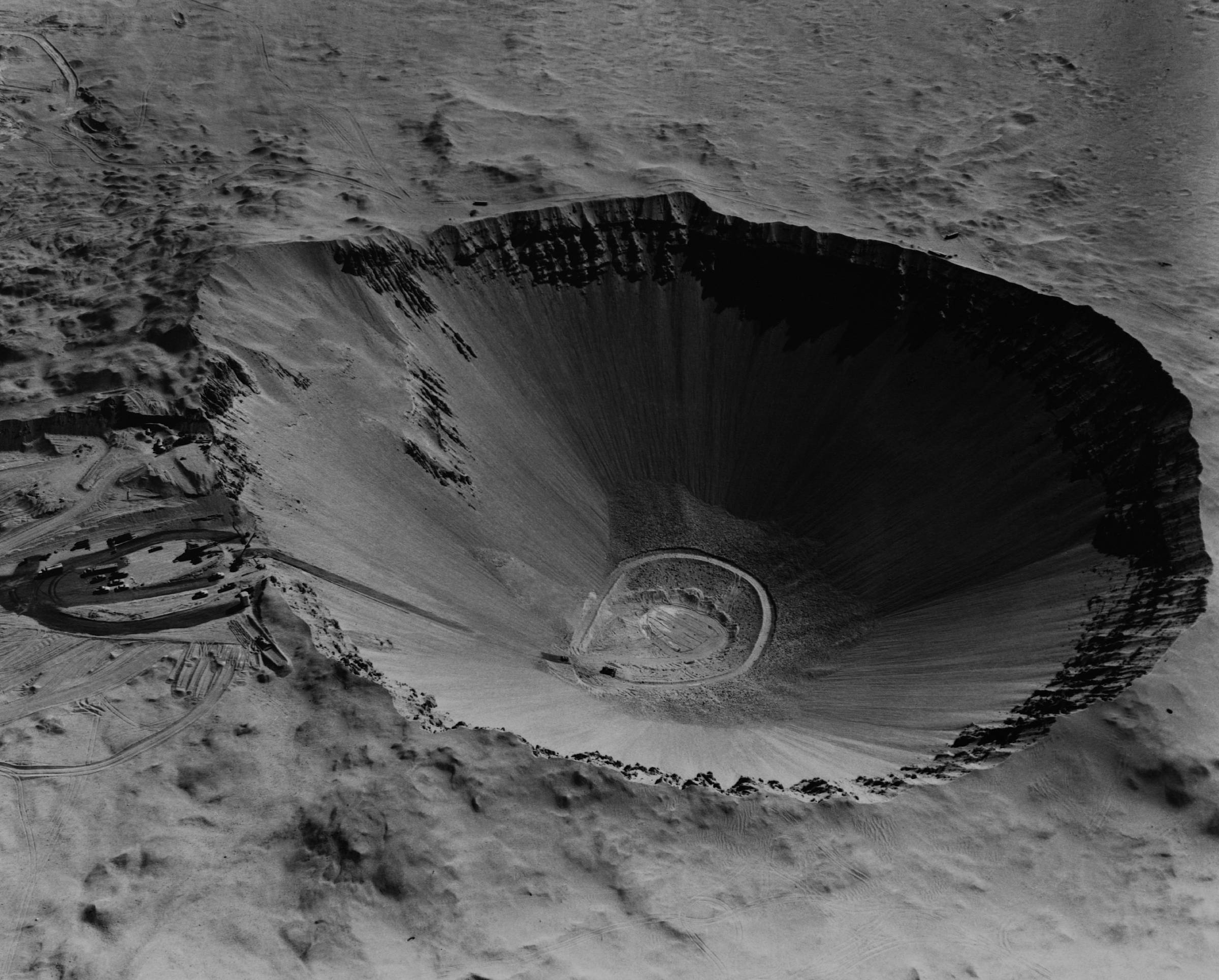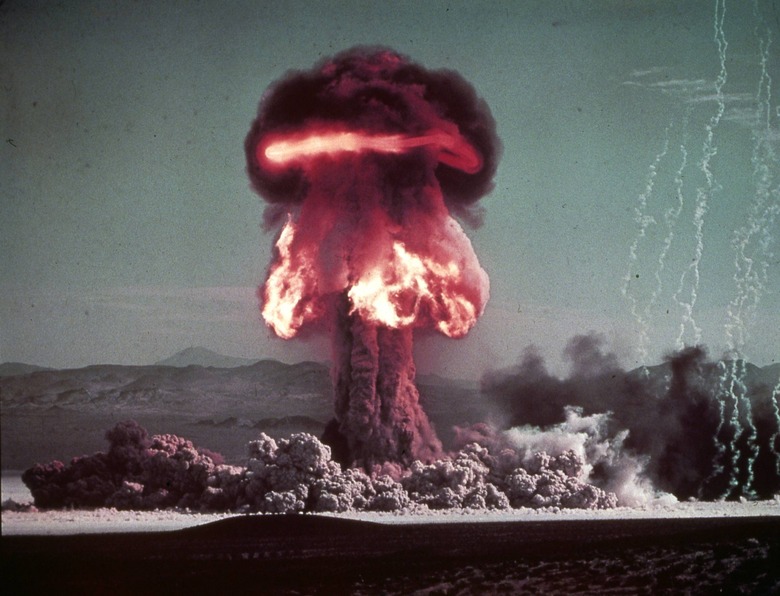See Rare Photos Of A Secret Lab Where The US Tested Atomic Bombs
It's always interesting to step back in time and see how the modern world has changed things. More specifically, we've recently been given a very rare glimpse into one of the secret labs where America used to test its nuclear bombs.
This recent glimpse into the history of America's nuclear testing comes to us thanks to NPR, which recently had the chance to visit Frenchman Flat, Nevada. This dry lakebed is roughly 75 miles northwest of Las Vegas and has been home to American testing efforts since the 1950s.
Frenchman Flat is more than the location of a secret nuclear lab. It's also where an American bomber dropped an MK-6D nuclear bomb from 19,000 feet above the desert. The bomb then exploded with a yield of 27 kilotons of TNT, creating a shockwave that left several pieces of civilian infrastructure in the area—a bridge, a bank vault, and the entrance to an underground parking garage—deformed and ripped open.
Since then, this expanse of desert has remained one of the most used testing locations for American nuclear activity. While many of the nukes tested since then have been underground tests, the damage can still be seen throughout the desert in the form of massive craters like the Sedan Crater—left behind by a 100-kiloton thermonuclear detonation.
Despite a current hold on most nuclear testing throughout the world, America and other powers have continued to prepare for a time when nuclear tests may need to ramp back up. Enter the Principal Underground Laboratory for Subcritical Experimentation (PULSE).
This secret underground nuclear testing lab was originally built in the early 1960s to help protect the surrounding people and environment from dangerous radioactive fallout. NPR has shared several photos of the lab, including some of the construction work on new experiments.
The tour is all part of a move by the NNSA to be more transparent about U.S. nuclear operations. While full-scale nuclear testing is still far from happening, smaller, more contained tests have continued since the 1990s, when America conducted its last large-scale tests.

The hope is that we'll never have to return to full-scale nuclear testing. But, as other world powers seem to inch closer to dipping back into nuclear warfare, it may become paramount for the U.S. to do the same to ensure it can protect its citizens. At least, that seems to be the sentiment from the NNSA and several other people working within the government.
Getting a glimpse into this secret nuclear lab is exciting, though, especially since the lab has existed under the dry lakebed of Frenchman Flat since the 1960s. The results of the tests that have been conducted here pockmark the desert floor, the telltale signs that this stretch of desert has seen more than its fair share of nuclear blasts.
